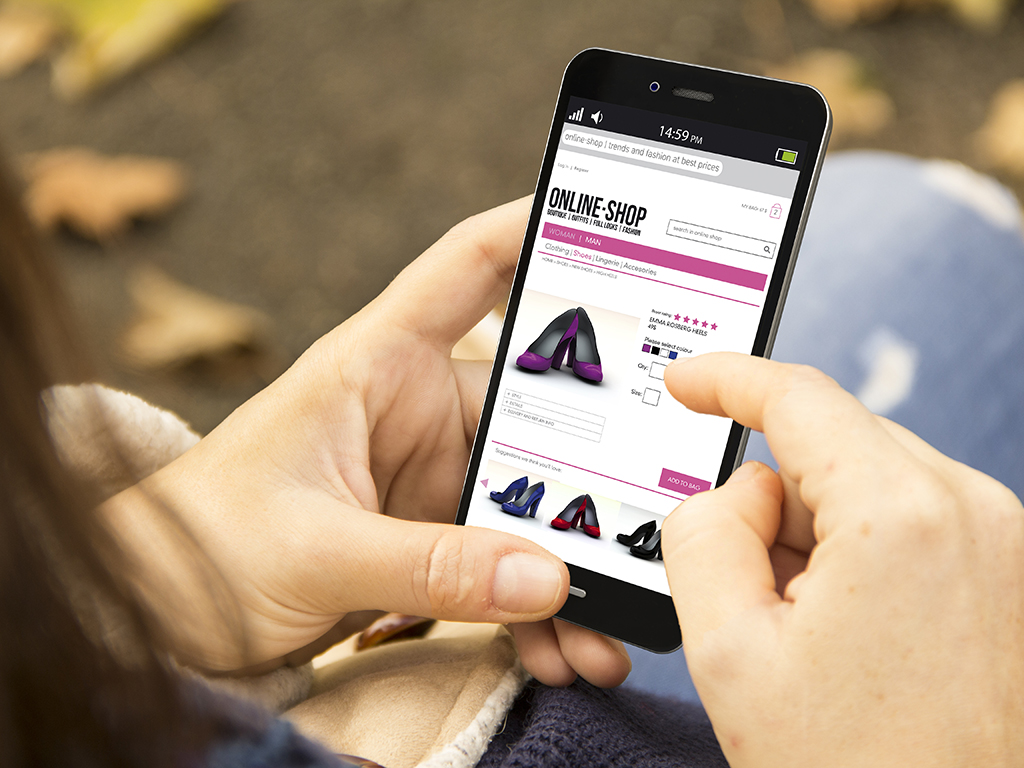Future is here - Instead of with cash and cards, we will pay via phone with additional codes, fingerprints or "selfies"
 Tuesday, 03.11.2015.
Tuesday, 03.11.2015.
 15:50
15:50

Three years ago, 6 out of 10 users said they believe smart phones will one day completely replace payment cards (Harris Interactive research), and that they will become a central position for our banking transactions. MasterCard company reps in Warsaw made us believe it at the recently held workshop on future of payment.
Whether it is a credit or a debit cards, plastics, are becoming a history. Classical payment with cards will first be replaced with contactless payment and then payment through the phone, smart watch or a bracelet. Tendency is that a user, instead of a classic pin, is protected with a fingerprint, using codes which are kept outside a phone and face recognition.
For a start, when it comes to contact free payment, the objective of MasterCard is to provide pre-conditions that user only places a card or a phone and does payment in an easy, fast and simple way.
The company wants to promote faster transfer to smartphone payment since it estimates it is something all users will very quickly consider to be an imperative. NFC technology is used and convenience is that terminals do not have to be replaced to adapt to smartphones but the existing ones can be used i.e. the ones planned for contactless)cards.
George Simon, president of MasterCard for CEE has reminded that today we have three billion internet users compared to only one billion ten years ago.

Simon thinks this is also an opportunity for traders who can support greater loyalty of their clients and cosnumers who can now pay via any device wherever and however they chose, confident they can do it safely and at favorable price.
These changes are the consequence of innovations in technology which enable users to do payments on previously “unpredictable” ways.
Security
Security is also very important. There are a few solutions, from hardware approaches of phone producers, the ones who implement card associations of banks to more secure solutions at the level of applications.
In most of the cases, the approach is such that purchase in small amounts should be supported, for minor everyday needs such as purchase of bus tickets or food on daily basis. If greater amounts are in question or if a number of minor transactions is done then it is necessary to use fingerprint sensor or a pin code. Apart from that, a user can protect application for purchase with pin codes.
Solution for protection came in the form of MDES (MasterCard Digital Enablement Service) which is based in the process of tokenization with an objective to create additional security layer which prevents misuse in losing a device where data on payment card are kept. In other words, instead of a user inserts 16-digit number from the card in let’s say iPhone, MDES enables its bank to issue a special 16-digit number whose token is connected to a card and which is related to a device (either iPhone, Apple Watch or something else).
What does it really mean?
"Tokenization" basically enables banks to provide users with added value and facilitate the card management process in case of a device loss. Let’s say for instance that you lose your iPhone where with Apple Pay you have saved data from payment card. Although a device needs your fingerprint (Touch ID) to authorize the purchase, MDES enables only to cancel token for that device , not to block the card completely which means that purchase can continue from other devices such as Apple watch.
New kinds of biometrical identification
In order to enable biometrical identification, MasterCard opted for camera and eye identification. Most likely a large number of users equals biometrical identification with sensors for finger print. The problem is that many smart phones do not have fingerprint sensor and the association cannot rely on only on telephonies or to make users use them but it is necessary to create system acceptable for everybody.
Of course the most basic safety option, is still pin which can easily be typed in. For the ones which cannot remember their pin code, face recognition technology is here which is an option on all smartphones. It makes an image of a face and recognizes whether it is you. This technology is in the ending developmental stages and as we were told, it is basically ready to start. It is currently in the stage of mass testing which has been in progress in the Netherlands.
CEE leader in innovations
MasterCard’s division for CEE is a leader in innovations. Contact-free is already reality at majority of markets: in the Czech Republic 61% of all transactions in shops are contact-free, followed by Poland with 41%, and Hungaru and Slovenia reach almost 40%. Master Pass is a reality in four countries, i.e. the Czech Republic, Hungary, Poland and Romania.
Jelena Djelic
 Predstavništvo Mastercard Europe Beograd
Predstavništvo Mastercard Europe Beograd


 Izdanje Srbija
Izdanje Srbija Serbische Ausgabe
Serbische Ausgabe Izdanje BiH
Izdanje BiH Izdanje Crna Gora
Izdanje Crna Gora


 News
News






